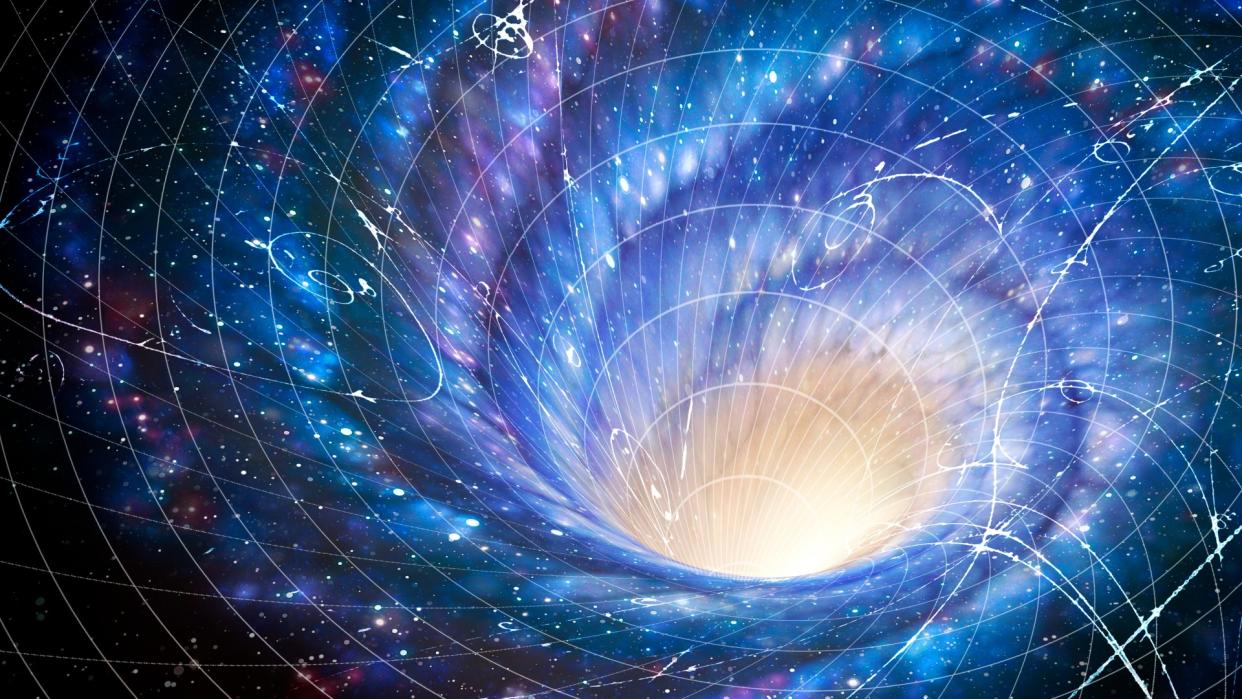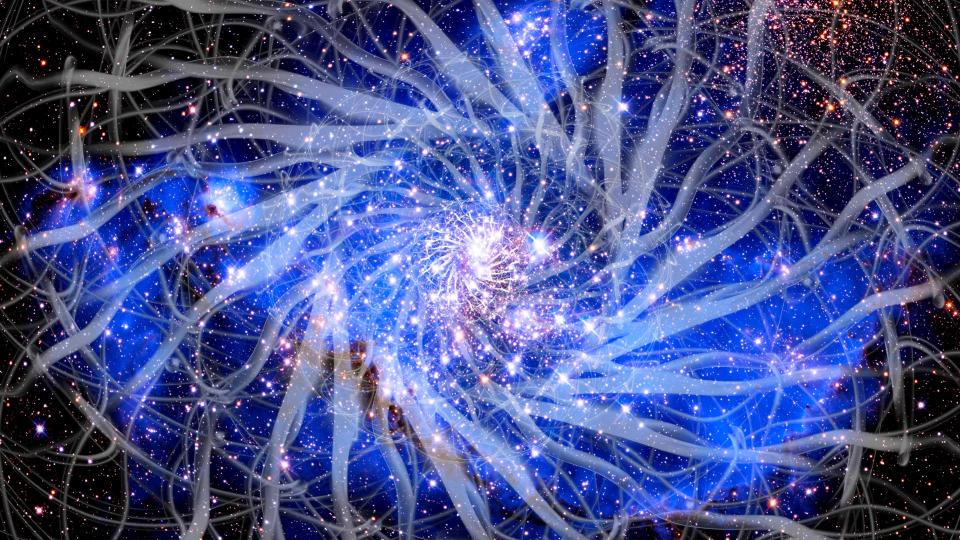What is the big rip, and can we stop it?

Imagine a future where the universe, all too soon, tears itself apart. Eventually, space-time is torn asunder, rendering the universe uninhabitable.
Imagine a future where the universe, all too soon, tears itself apart. First come the clusters, with their galaxies pulled away from each other. Then, the galaxies dissolve. Then the star systems and the planets. And then atoms themselves. Eventually, space-time is torn asunder, rendering the universe uninhabitable.
This is a potential future known as the Big Rip. It sounds scary and almost impossible to imagine, but the truly horrifying part is that some evidence seems to be pointing directly toward that fate.
Related: Was Einstein wrong? The case against space-time theory
Phantom energy
A quarter century ago, astronomers discovered dark energy, which is the name given to the apparent accelerated expansion of the universe. This dark energy is deeply mysterious; we do not currently understand what causes it, where it came from or what it's going to do. But that hasn't stopped theorists from guessing.
The simplest thing dark energy could be is a so-called cosmological constant. In this simple picture, dark energy is a substance that permeates all of space and time. There's dark energy everywhere, including in the room you're in right now. This dark energy is perfectly constant. It's exactly the same all through space and time. This substance causes the expansion of the universe to accelerate, but otherwise, it never changes.
Another possibility is that the substance behind dark energy can double back on itself, causing itself to amplify with time. This situation is known as phantom dark energy (or just phantom energy). In this case, the acceleration would go up with time.
Read more: 25 years after its discovery, dark energy remains frustratingly elusive
Ghosts in the machine
This ramping up of the acceleration, ironically, would make the observable universe far smaller. That's because the velocity between any two points would continue to grow, even beyond the speed of light. In this scenario, galaxies would fly away from each other so quickly that they would never see each other again. This would make the observable limit of what we could see shrink with time in an uncontrolled way.
If two points were ripped apart faster than light, they would no longer interact through any force of physics. Whereas a constant dark energy would leave behind already-intact objects, like clusters of galaxies, phantom energy could tear them apart. In a finite amount of time, billions of years from now, clusters would tear apart, followed by ever-smaller objects. Even atomic and nuclear bonds would not withstand the onslaught.
Eventually, space itself would dissolve in an event known as the Big Rip. Any two points, no matter how close, would be ripped infinitely far away from each other. The very structure of space-time, the causal foundations that make our universe work, would no longer behave. The universe would just break down.
However, luckily, most physicists do not believe this scenario can actually happen. For one, it's unclear how this process of ripping interacts with the other laws of physics. For example, quarks cannot be torn apart — when you attempt to do so, you need so much energy that new quarks materialize out of the vacuum. So ripping apart quarks just might lead to other, interesting interactions.
Also, phantom energy doesn't behave according to normal physics. To make this work, the phantom substance has to have negative kinetic energy. But negative kinetic energy usually doesn't happen in the universe — an example of this would be a ball naturally rolling uphill — so this would be a pretty major exception to our established understanding of physics.

Evidence for the Big Rip
For decades, astronomers have been attempting to measure the strength of dark energy. They do this through a number known as the equation of state parameter, which, for the dark energy substance, measures the ratio of its pressure to its energy density. A cosmological constant corresponds to a parameter equal to -1, while a phantom energy scenario is anything with this parameter being less than -1.
So far, all astronomical measurements are compatible with a cosmological constant, an equation of state parameter of -1. But strangely, all those same measurements, year after year, prefer a value slightly less than -1. All of those measurements have uncertainties, which include the "boring" case of a cosmological constant, but it's intriguing that the data seem to prefer a phantom energy universe.
Related stories:
—Scientist calculates the 'sad, lonely' end of the universe
—How do we know the fundamental constants are constant? We don't.
—Here's how the universe could end in a 'false vacuum decay'
Some physicists believe that further evidence will pull us away from the phantom scenario, firmly into the safety of a cosmological constant. Others, however, are taking this as a sign that the universe might be telling us something interesting. Perhaps there is some combination of physics allowed by current laws that gives the appearance of phantom energy. (For example, if you kick a ball hard enough, it can temporarily go uphill.) Or perhaps there are some brand-new physics that seem impossible now but will make sense with new understanding.
But even if we do have a phantom energy scenario, it's not like the universe is going to tear itself apart anytime soon. With the known measurement constraints, the Big Rip wouldn't play out for hundreds of billions of years. So, in the meantime, we can enjoy the nice, calm, steady cosmos.
